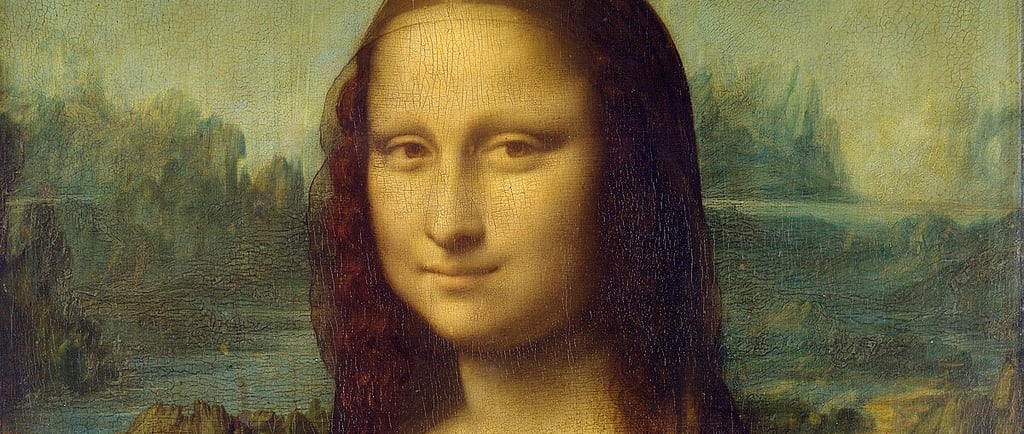✨🖼️The Colour That Made Paintings Glow and People Worry 🎨☠️ Lead White
A follow-up story from the chapter "Colour" in the Art Album. 🌈 Stories About Colors takes children on a vivid journey through history to explore how colours have shaped and connected cultures around the world. 🌍🎨 From the cave art of early humans to the vibrant pigments traded along the Silk Roads for thousands of years 🌊, each colour holds its own story of discovery, symbolism, and meaning. Children will uncover how natural elements like minerals, plants 🌿, and even animals 🐦 contributed to the palettes of early artists, linking art with the environment. This exploration invites children to see colours not only as materials on their art shelves 🎨 but as a bridge to the world around them and the history of human creativity. They’ll be inspired to ask, “Where did this colour come from?” and “How was it discovered?” — sparking curiosity about the hidden stories within each hue they encounter.
ART STORIES
12/10/20243 min read


Have you ever painted with white? 🎨✨ Maybe you’ve used it to make fluffy clouds, frosty snow, or to lighten another color. But did you know that people had to discover how to make white paint, and it wasn’t easy? This pigment was one of the first bright whites ever made by people—and the way they found it might surprise you! 🤍✨
A long, long time ago—more than 2,000 years ago—people were working with a soft, gray metal called lead. They used it for pipes, tools, and even little weights to measure things. One day, someone noticed something curious: when lead was left out in the air and got wet, it started to grow a strange, white crust! 🌧️⚙️
You know how people are very curious and love to experiment. Someone had the idea to mix lead with vinegar—an acidic liquid they used for cleaning and preserving food. They left the lead and vinegar together in a warm, damp spot and waited. Guess what happened? The lead grew even more of that bright, white crust, almost like frosting on a cake! 🎂✨
But they didn’t stop there. To make the process faster, people buried pots of lead and vinegar in manure (yes, cow poo! 💩), which gave off heat and moisture. After weeks of waiting, they scraped off the white crust, ground it into powder, and mixed it with oils to make smooth, shiny paint. And just like that, they had Lead White, (👏 Lead 👏 White 👏), a magical pigment that could brighten any painting or artwork. 🎨💫
Artists loved Lead White because it was smooth, bright, and easy to mix. They used it to paint highlights on faces, glowing skies, and delicate lace on clothing.Some of the most famous painters in history, like Johannes Vermeer and Rembrandt, used Lead White in their masterpieces. For example, in Vermeer’s The Girl with a Pearl Earring, Lead White makes the highlights on the girl’s face and earring shimmer with light. 🌟 And in Rembrandt’s The Night Watch, Lead White creates dramatic contrasts, helping the figures step out of the shadows. ✨🖼️
Even Leonardo da Vinci likely used Lead White in his masterpiece Mona Lisa, blending it carefully to make her skin glow.📜💎These were paintings made long ago, in a time when people loved exploring art, science, and new ideas—what we now call the Renaissance, a word meaning "rebirth." 🌟🎨
300 years ago people thought having very pale skin made you look fancy and important. 👑💄 So, they used Lead White powder as makeup to make their faces look smooth and bright, like a shining pearl. Like the face of the Queen Exlizabeth I of Englad. However, this beauty came at a cost. The Lead White in the makeup was toxic and caused serious health problems, like skin damage, hair loss, and even poisoning over time. Imagine thinking you’re making yourself more beautiful, only to find that it’s hurting you! ☠️💔😟
But the process of making it wasn’t just strange—it was dangerous. Lead is poisonous, and both the workers who made the pigment and the artists who used it often became very sick. 😟☠️As time went on, scientists discovered just how harmful Lead White could be—not just for artists, but for everyone who came into contact with it. People began to ban its use in household paints, recognizing the danger it posed, especially to children. Today, Lead White is banned in 73 countries to protect people and the environment. 🌍⚖️ Artists use safer pigments that capture the brilliance of Lead White without the risks, but the story of this remarkable pigment reminds us of how art and science have always been in a special relationship. 🤍✨
💭 I Wonder... 💭
What other famous paintings or drawings might have used Lead White? What countries have banned it? Could there be another pigment in history as beautiful and dangerous as Lead White?
With Montessori joy,
Vanina 😊

